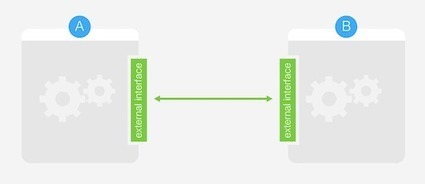One of the reasons for AngularJS’ success is its outstanding ability to be tested. It’s strongly supported by Karma (the spectacular test runner written by Vojta Jína) and its multiple plugins. Karma, combined with its fellows Mocha, Chai and Sinon, offers a complete toolset to produce quality code that is easy to maintain, bug-free and well documented.
Tests must define the code’s API. This is the one principle that will guide us through this journey. An AngularJS application is, by definition, composed of modules. The elementary bricks are materialized by different concepts related to the granularity at which you look at them. At the application level, these bricks are AngularJS’ modules.




 Your new post is loading...
Your new post is loading...

















